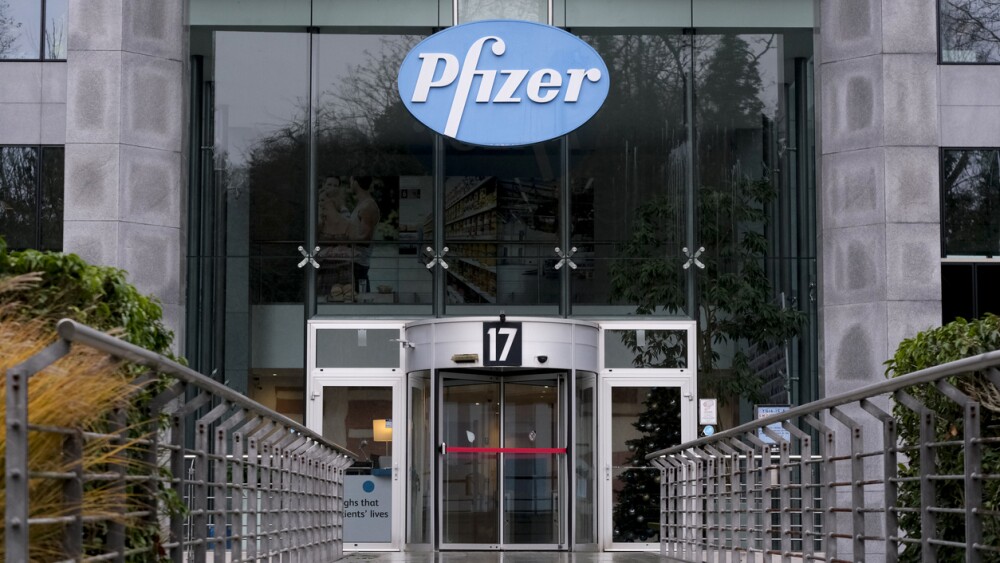While ex vivo genome editing results in highly effective cell therapies, it can lead to off-target effects. Caribou Biosciences has come up with a novel approach for potentially more precise gene editing compared to all-RNA guides.
With the FDA approvals of ex vivo gene-edited cell therapy Casgevy in December 2023 for sickle cell disease, and for transfusion-dependent beta thalassemia in January 2024, this gene editing approach has finally come into its own.
While the use of in vivo CRISPR technology has the potential to enable treatments for a much wider range of diseases, ex vivo gene editing has emerged as a promising modality in its own right.
Stephen Majors, global head of communications at the Alliance for Regenerative Medicine, told BioSpace that Casgevy’s approval “hopefully will be the first in a very long success story” for CRISPR technology with places for both therapies edited outside the body (ex vivo) as well as approaches involving the editing of large numbers of cells in the body (in vivo).
Ex vivo approaches are “still a huge part of the market and will continue to be,” Majors said. Ultimately, it remains to be seen “whether in vivo will eventually take over, or if we’re going to have both in play at the same time, depending on the nature of the disease and the patients’ needs.”
Developed by Vertex Pharmaceuticals and CRISPR Therapeutics, Casgevy is the first FDA-approved medicine utilizing CRISPR/Cas9 and involves harvesting cells from a patient, editing them externally and then returning them to the patient’s body via infusion.
However, the problem with Cas9 is that it “has a lot of known off-target effects,” according to Basem Al-Shayeb, co-founder of gene editing startup Amber Bio.
Al-Shayeb, who earned his doctorate in Jennifer Doudna’s lab at UC Berkeley, told BioSpace that one potential solution is Caribou Biosciences’ CRISPR hybrid RNA-DNA (chRDNA) technology, which in preclinical research was able to achieve on-target edits without producing detectable off-target edits.
“That seemed to lower off-target effects significantly and they’re pushing multiple cell therapies for cancer that have pretty good data compared to the CAR T products that people have previously shown in clinical trials,” Al-Shayeb said.
A Hybrid Guide Approach
Though most CRISPR systems use all-RNA guides, Caribou’s chRDNA technology (pronounced like chardonnay) contains both RNA and DNA in the guides to improve precision and reduce off-target effects.
Caribou CEO Rachel Haurwitz contends that specificity is a critical challenge in genome editing to avoid off-target consequences. While acknowledging that her company is not alone in trying to solve the problem, she believes Caribou has a novel approach.
“Most people looked at CRISPR systems and started engineering the protein to try to change how Cas9 or some of the other enzymes might behave in order to alter their specificity. We went the other direction,” Haurwitz told BioSpace. “We saw the protein as being perfectly fine and the guides as our opportunity for engineering something new.”
Haurwitz said that the inclusion of DNA in the guides improves the specificity of genome editing by orders of magnitude, with Caribou’s chRDNA technology having broad applicability across many therapeutic areas.
The company’s initial focus is on cancer and developing off-the-shelf cell therapies, with three allogeneic CAR-T cell therapies in ongoing Phase I trials.
“These healthy donor T cells—they’re foreign to the patient’s immune system. They’re going to be fairly rapidly rejected. So, this is where the genome editing comes in,” Haurwitz said. “Our programs today benefit from three, four and now five different genome edits—which thanks to the chRDNA platform, we can carry out both with very high efficiency and high specificity.”
Caribou’s lead program in patients with relapsed or refractory B cell non-Hodgkin lymphoma, CB-010, is manufactured using Cas9 and chRDNA guides. CB-011 is being studied in patients with relapsed or refractory multiple myeloma, and CB-012 in patients with relapsed or refractory acute myeloid leukemia. Both are manufactured with Cas12a and chRDNA guides.
Cas12a can help mitigate off-target activity due to its unique target recognition properties, according to Haurwitz.
“Both proteins, Cas9 and Cas12a, can do gene knock-out very high efficiency—no problem,” Haurwitz explained. “Cas12a is better than Cas9 at gene insertion. And so, as we’ve continued to develop ever more sophisticated cell therapies, we actually need to insert multiple unique genes into different locations in the genome and Cas12a is able to do that.”
Key Catalysts
Seeking Alpha analyst Myriam Alvarez wrote in a Sept. 30 investor note that Caribou’s chRDNA platform offers precise genome editing and could potentially outperform competitors like Allogene Therapeutics.
“This approach theoretically allows for concurrent multiple gene edits without compromising the integrity of the genome,” according to Alvarez. “It could essentially become an advanced version of CRISPR.”
At the same time, Alvarez said she remains “somewhat skeptical” about chRDNA “which still hasn’t reached FDA approval for any of its product candidates.”
Truist Securities analyst Asthika Goonewardene in an investor note last month said that Caribou has a “strong cash position” with $311.8 million on hand, providing the company with a runway into the second half of 2026. “Initial data from its CB-011 program in Multiple Myeloma is expected by YE24. We expect additional data for CB-010 in [large B cell lymphoma] and in autoimmune indications in 2025.”
While Caribou originally developed its platform for ex vivo editing, the company has been exploring the potential for in vivo applications. An abstract on the use of Cas12a chRDNA for in vivo hepatic gene disruption in mice was accepted for an oral presentation at the American Society of Gene and Cell Therapy (ASGCT) annual meeting in May.
Caribou CSO Steve Kanner told CGTLive at the time that while the technology has been primarily implemented for its ex vivo cell therapies, the company “recently decided to evaluate it in in vivo genome editing direct to the liver” by leveraging lipid nanoparticles to transport chRDNA in mice via intravenous infusion.
“We introduce into this lipid nanoparticle mRNA that’s been fully modified,” Kanner said. “The lipid nanoparticles will biodistribute to the liver and we can detect modification of liver genes.”






